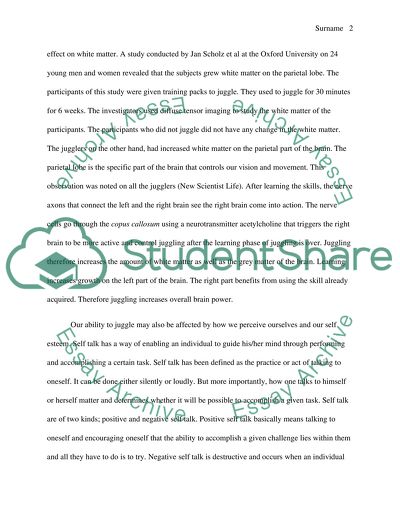Cite this document
(“Juggling and its Effect on the Left and Right Brain Term Paper”, n.d.)
Retrieved from https://studentshare.org/psychology/1447713-how-learning-to-juggle-may-integrate-left-and
Retrieved from https://studentshare.org/psychology/1447713-how-learning-to-juggle-may-integrate-left-and
(Juggling and Its Effect on the Left and Right Brain Term Paper)
https://studentshare.org/psychology/1447713-how-learning-to-juggle-may-integrate-left-and.
https://studentshare.org/psychology/1447713-how-learning-to-juggle-may-integrate-left-and.
“Juggling and Its Effect on the Left and Right Brain Term Paper”, n.d. https://studentshare.org/psychology/1447713-how-learning-to-juggle-may-integrate-left-and.


